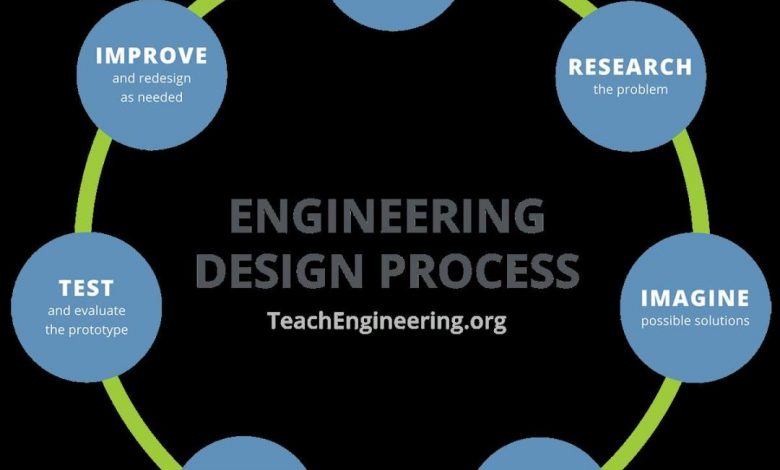From Concept to Creation: The Design Process Demystified

From Concept to Creation: The Design Process Demystified
Understanding the Design Process
What is the design process?
The design process is a systematic approach to solving problems and creating innovative solutions. It involves a series of steps that a designer follows to explore, define, and develop a design concept into a tangible product or service.
What are the key stages of the design process?
The design process typically includes the following stages:
1. Research: Gather information, analyze competitors, and understand the target audience.
2. Ideation: Generate design concepts and brainstorm creative ideas.
3. Sketching: Develop rough sketches and visual representations of the ideas.
4. Wireframing and prototyping: Create digital or physical prototypes to test and refine the design concept.
5. Design development: Finalize the design, incorporating feedback and making necessary revisions.
6. Testing and evaluation: Conduct usability tests and gather user feedback to ensure the design meets the intended goals.
7. Production: Prepare the design for implementation or manufacturing.
Why is the design process important?
The design process is crucial because it helps create well-thought-out and user-focused designs. It allows designers to systematically approach problems, iterate on ideas, and gather feedback to refine and improve their designs. By following a structured process, designers can effectively solve complex problems and deliver innovative solutions.
Frequently Asked Questions
How long does the design process typically take?
The length of the design process can vary depending on the complexity of the project and the number of iterations required. It can range from a few weeks for a small project to several months for a large-scale initiative. Effective project management and clear communication between the design team and stakeholders can help ensure the process stays on track.
What role do clients play in the design process?
Clients play a vital role in the design process. They provide project requirements, insights into their target audience, and feedback on design concepts. Collaboration between designers and clients is essential to ensure that the final design meets the client’s objectives and aligns with their brand identity.
What are some common challenges in the design process?
Some common challenges in the design process include:
1. Unclear project requirements: Lack of clear direction or changing requirements can lead to confusion and delays.
2. Communication issues: Poor communication between designers, clients, and stakeholders can result in misunderstandings and revisions.
3. Balancing creativity and practicality: Finding the right balance between innovative design ideas and practical implementation can be challenging.
4. User feedback and testing: Gathering user feedback and conducting usability tests require time and resources but are crucial for creating user-centered designs.
In Conclusion
The design process is an essential framework for turning ideas into innovative and well-executed designs. By following a systematic approach, designers can address challenges effectively, collaborate with clients, and create solutions that meet user needs. Understanding the key stages of the design process and being aware of the common challenges can help both designers and clients navigate the process more successfully.
If you have any more questions about the design process, feel free to reach out to our team. We are here to help you bring your creative ideas to life!



